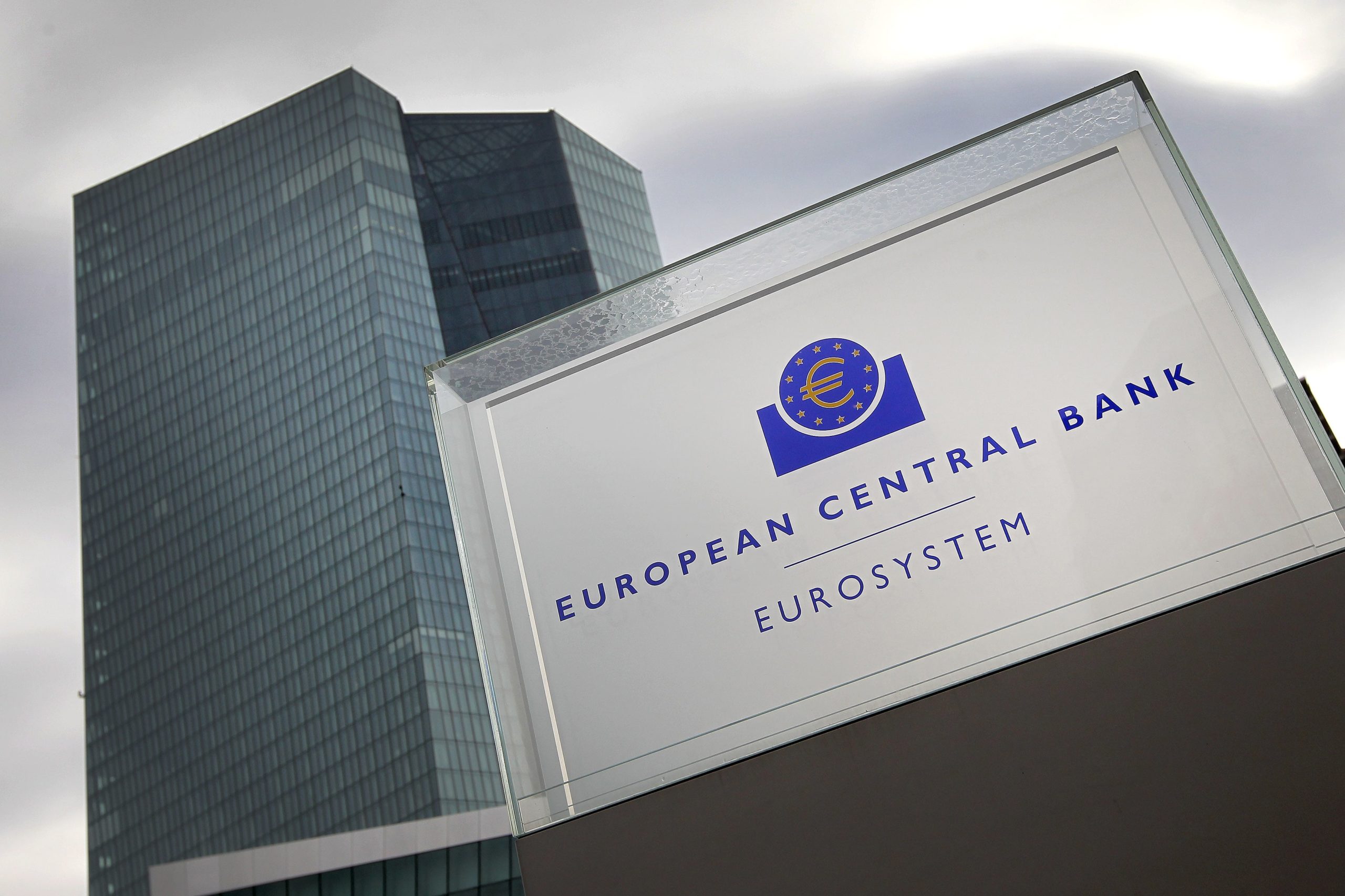In a recent report on stablecoins, the European Central Bank (ECB) questioned the accuracy of their name arguing that it may be misleading to users. The paper also highlighted that stablecoins could have a significant role in a digital economy if adequately regulated.The Name Stablecoins May Not Be A Proper Fit: ECBWhether they are backed by a fiat currency like the US dollar or commodities such as gold, stablecoins were created to provide a “stable” alternative to the highly volatile cryptocurrency market. Their role inside and outside the cryptocurrency field has been expanding rapidly in the past few years.However, it seems that the ECB doesn’t consider the term “stablecoin” to be appropriate. In a recently released paper examining the nature, use cases, and potential of stablecoins,
Topics:
Jordan Lyanchev considers the following as important: AA News, Banks, BTCEUR, BTCGBP, btcusd, btcusdt, Regulations, Stablecoins
This could be interesting, too:
Wayne Jones writes Charles Schwab to Launch Spot Crypto ETFs if Regulations Change
Wayne Jones writes Here’s When FTX Expects to Start Repaying Customers .5B
Dimitar Dzhondzhorov writes Is Cryptoqueen Ruja Ignatova Alive and Hiding in South Africa? (Report)
Wayne Jones writes Casa CEO Exposes Shocking Phishing Scam Targeting Wealthy Crypto Users
In a recent report on stablecoins, the European Central Bank (ECB) questioned the accuracy of their name arguing that it may be misleading to users. The paper also highlighted that stablecoins could have a significant role in a digital economy if adequately regulated.
The Name Stablecoins May Not Be A Proper Fit: ECB
Whether they are backed by a fiat currency like the US dollar or commodities such as gold, stablecoins were created to provide a “stable” alternative to the highly volatile cryptocurrency market. Their role inside and outside the cryptocurrency field has been expanding rapidly in the past few years.
However, it seems that the ECB doesn’t consider the term “stablecoin” to be appropriate. In a recently released paper examining the nature, use cases, and potential of stablecoins, the ECB wrote:
“The term “stablecoin” may be perceived to have positive connotations in terms of stablecoins’ intrinsic stability and usability as a form of money, but these features are neither intrinsic to, nor a prerogative of, stablecoins in and of themselves – instead, they can be attained only through appropriate design and effective risk management.”
Further below the paper, the ECB noted that the name should be substituted upon establishing clear regulatory principles on stablecoins’ usage. Although the document didn’t offer an alternative, it said that it needs to be a “choice of terminology to shift the emphasis away from the issuer’s promise of stability.”

ECB Has The Tools To Regulate Stablecoins
Similarly to the US Commodity Futures Trading Commission, the ECB argued that stablecoins require a proper legislative framework. However, the report highlighted that the central bank has the necessary tools to establish concrete regulations.
“The Eurosystem’s oversight framework will cover stablecoin arrangements that qualify as payment systems, regardless of the technology used and organizational setup.
Furthermore, stablecoin arrangements that set standardized and common rules for the execution of payment transactions between end-users may fall under the oversight framework for payment instruments and schemes, which is currently being revised.”
The ECB asserted that it had provided a range of “supervisory powers” to banks enabling them to mitigate the risks stemming from stablecoin-related activities. Nevertheless, banks should also establish an appropriate risk management framework to commensurate their role in stablecoin usage.
